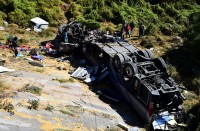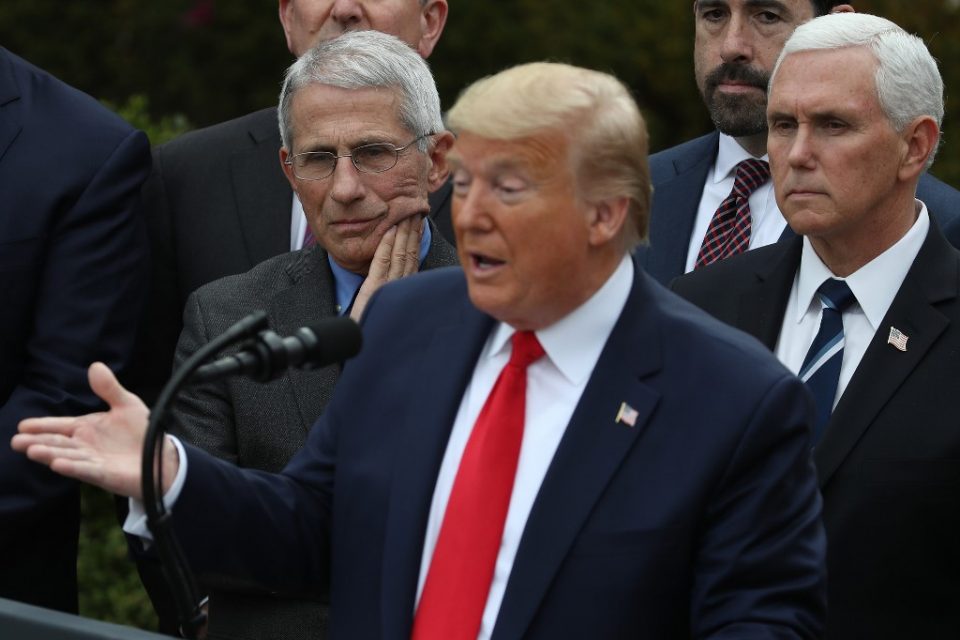
by Sebastian SMITH and AFP bureaus
Agence France Presse
US President Donald Trump declared a national state of emergency as the World Health Organization named Europe the new epicenter of the coronavirus Friday, with countries sealing borders, shutting schools and canceling events in a frenzied attempt to slow the ballooning pandemic.
Wall Street stocks rallied as financial markets endured a rollercoaster ride after a week of spectacular losses triggered by fears that the deadly outbreak will lead to a worldwide economic recession.
“To unleash the full power of the federal government, I’m officially declaring a national emergency,” Trump said, announcing $50 billion in federal funds to battle the fast-spreading pandemic.
The measure came as infections and deaths soared in Europe, with WHO chief Tedros Adhanom Ghebreyesus saying the continent now had “more reported cases and deaths than the rest of the world combined, apart from China.”
He described it as a “tragic milestone”, and warned that it was impossible to say when the virus would peak globally.
The overall death toll jumped to more than 5,000 across the world, including nearly 1,500 in Europe, with total infections topping 140,000 internationally, according to an AFP tally based on official sources.
Italy, Spain as well as Iran — which have emerged as virus hotspots — all clocked a dramatic rise in cases and fatalities in the past 24 hours, while infections were reported in Kenya and Ethiopia, the first in east Africa.
Governments have been pushing through tough restrictions to contain the spread of the disease and unveiling big-bang emergency funding plans to try to limit the economic damage.
Trump said the US would buy large quantities of crude oil for strategic reserves and waived student loan interest during the coronavirus crisis, stressing that the “next eight weeks were critical.”
Leaders of the G7, the world’s richest economies, will hold an extraordinary summit via videoconference on Monday to discuss the pandemic.
The virus has torn up the sporting and cultural calendar, with top-flight events from Broadway to English Premier League football scrapped.
The outbreak reached new heights with several public figures from Hollywood actors to politicians and even the Canadian first lady catching the infection.
– ‘Worst in a century’ –
COVID-19, which first emerged in China in December, has spread relentlessly around the world even as cases in Asia have levelled out in recent days.
South Korea, once grappling with the largest outbreak outside China, saw newly recovered patients exceed fresh infections for the first time and the lowest number of new cases for three weeks.
China this week claimed “the peak” of the pandemic had passed its shores although it still has the biggest overall number of deaths and infections.
Italy, the hardest-hit country in Europe, recorded its highest one-day toll with 250 deaths over the past 24 hours, while Spain declared a state of alert after its infections raced past 3,000.
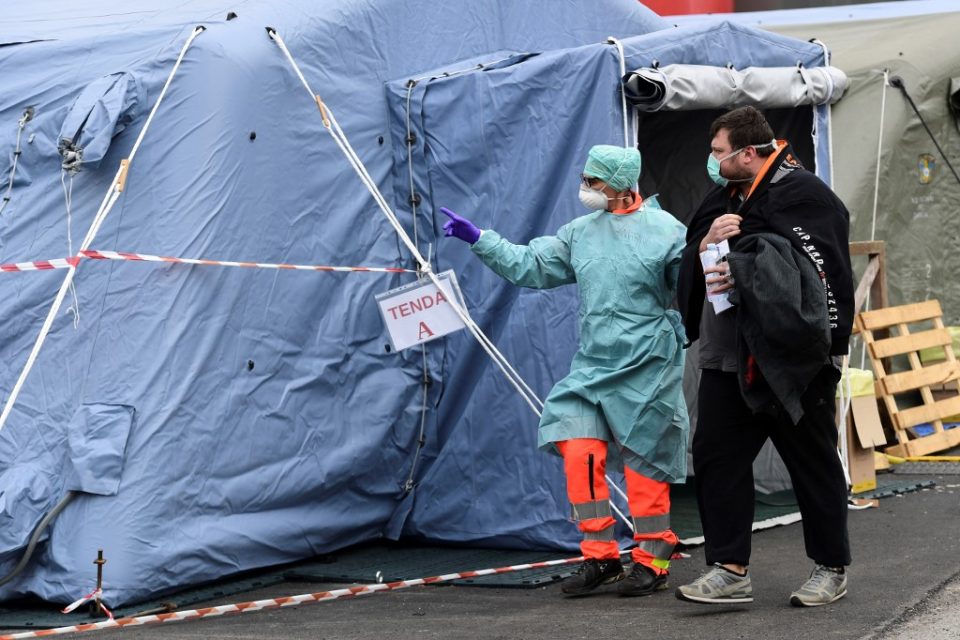
A raft of European countries shut their borders to foreigners, closed non-essential businesses, restaurants and hotels and museums, and banned public gatherings.
France, the world’s most visited country, closed the Eiffel Tower and the Louvre over what President Emmanuel Macron called “the worst health crisis in France in a century.”
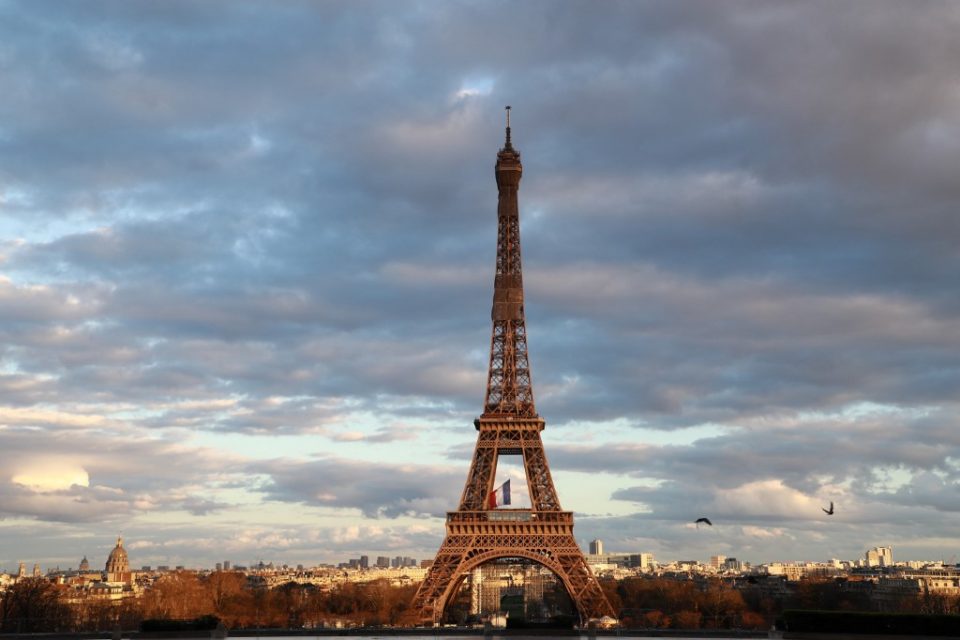
The new measures came after Trump this week banned all travelers from mainland Europe for 30 days, prompting a swift rebuke from Brussels which is scrambling to shore up the EU economy.
“We are here for 10 days but haven’t bought our ticket back so the return is really a question mark,” said snowboarder Janne Gartman, 31, arriving from Copenhagen on one of the last flights into Los Angeles.
US schools are closing across the country and an increasing number of Americans are staying home, while Louisiana became the first state to postpone its Democratic presidential primary and airlines announced further steps to ground planes.
Asian stocks tumbled in volatile business following the worst day on Wall Street since the crash of 1987 as traders scrambled to sell, wiping trillions off market valuations. The Dow closed up 9.3 percent following Trump’s emergency measures.
– Trudeau in quarantine –
The virus is weighing heavily on daily life. Shops, squares and cafes normally packed with people are deserted in Italy, which has imposed nationwide lockdown measures never-before-seen in peacetime.
The illness is sparing no-one. Canadian Prime Minister Justin Trudeau announced he was in self-imposed quarantine after his wife tested positive, the day after Hollywood star Tom Hanks said he and his wife were infected.
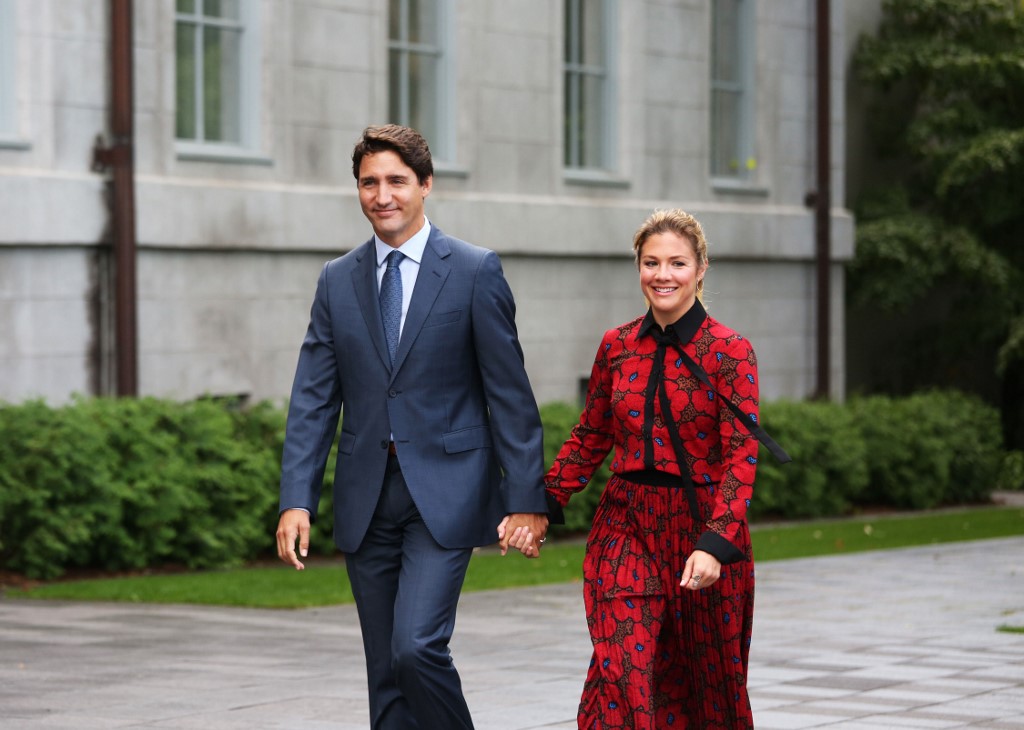
Brazil’s President Jair Bolsonaro said Friday he had tested negative after a top aide was confirmed infected.
Australia’s home minister Peter Dutton announced he had tested positive, while the Philippines leader awaits test results.
The virus has cut a swathe through sporting events and put a major question mark over the Tokyo Olympics, with Trump saying “maybe they postpone it for a year”, sparking furious denials from Japan.
In Britain, where the government’s softly-softly strategy has raised some eyebrows, Queen Elizabeth II has put off engagements, and local elections planned for May have been cancelled.
With authorities around the world warning large gatherings should be avoided, entertainment venues like Disneyland have been closed and the lucrative Indian Premier League cricket competition postponed.
© Agence France-Presse



